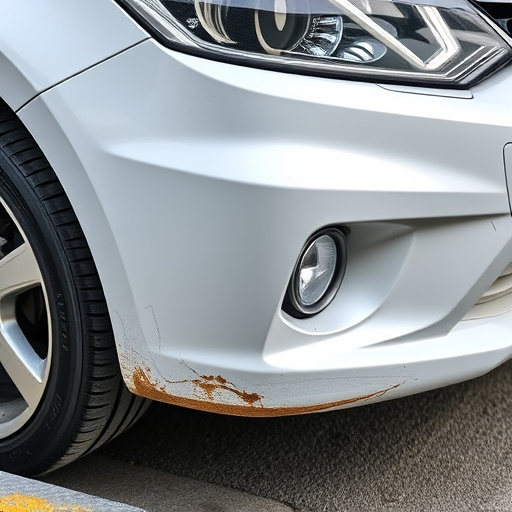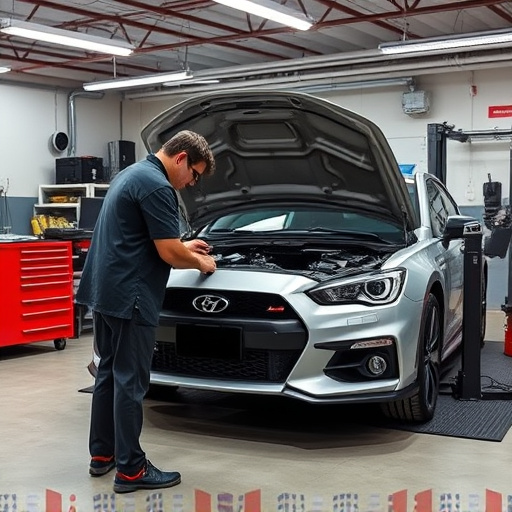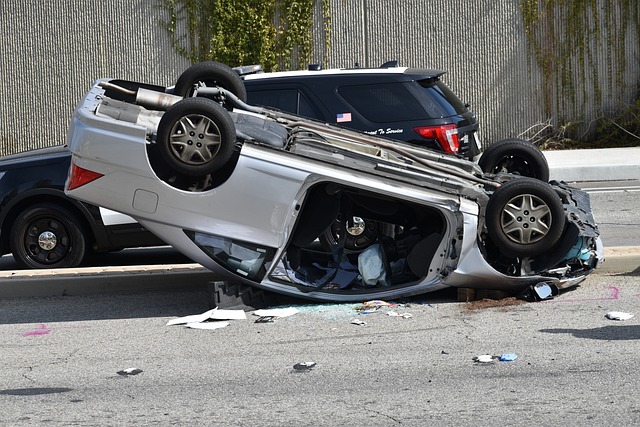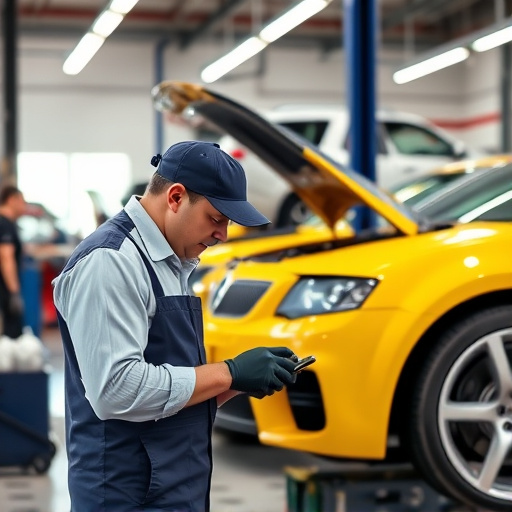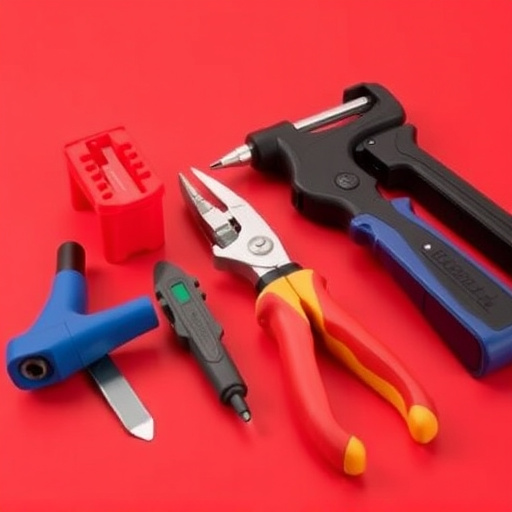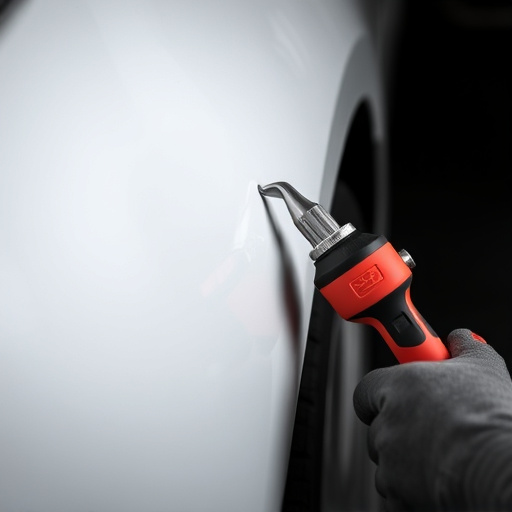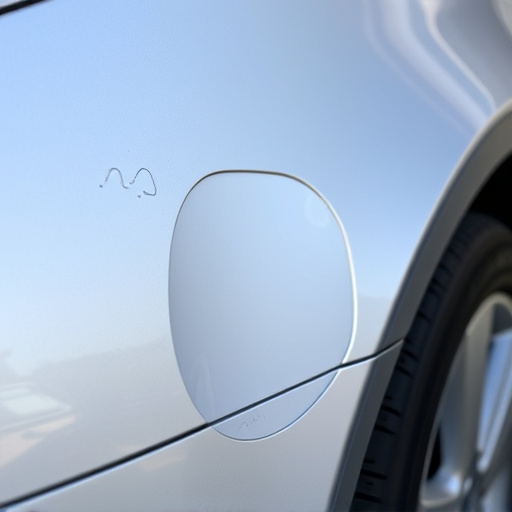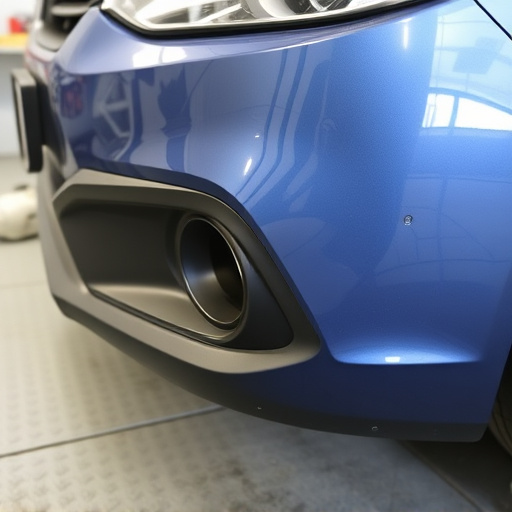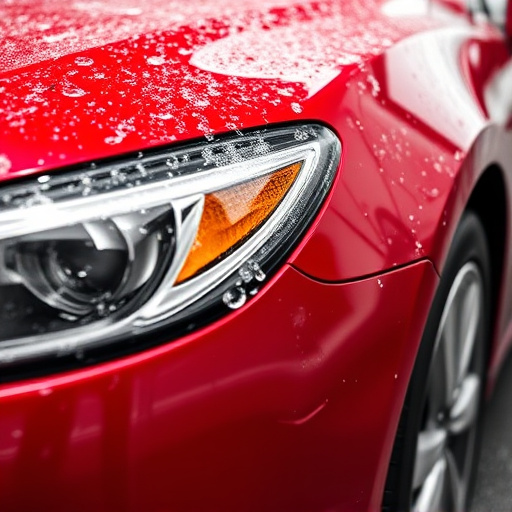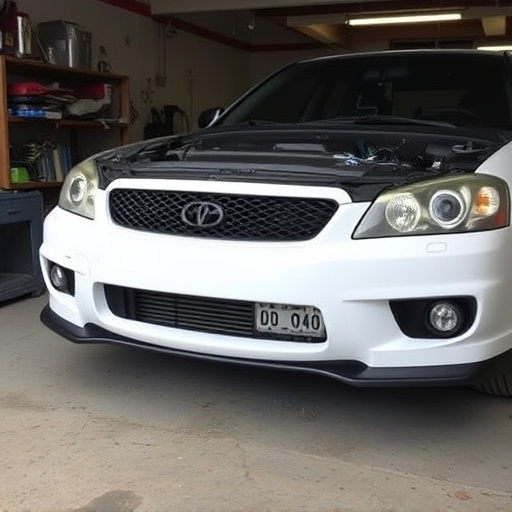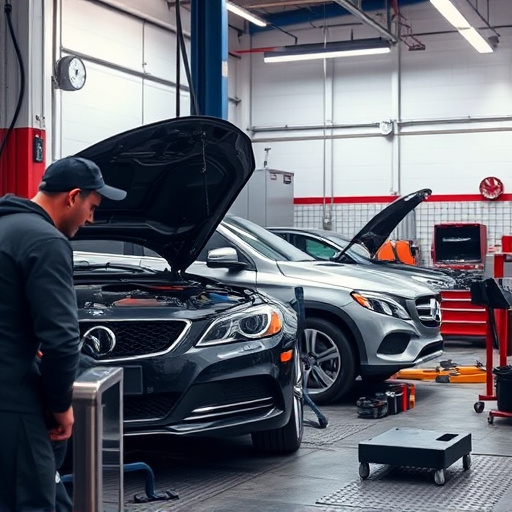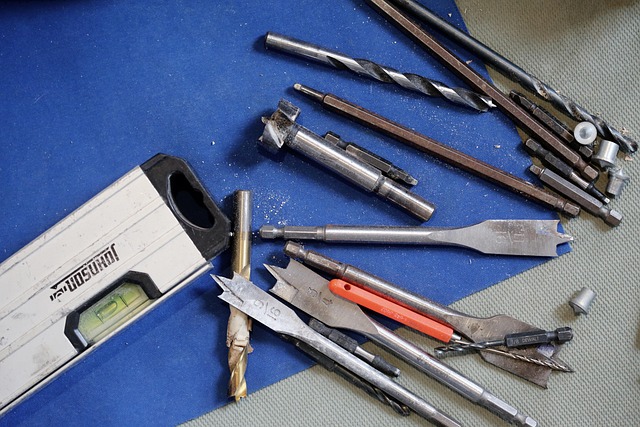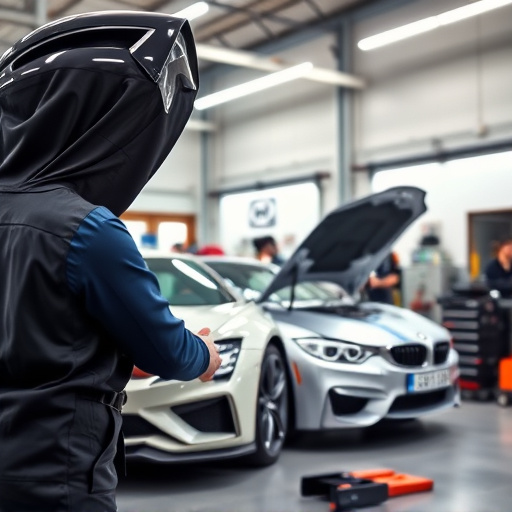Mercedes headlamp assist calibration optimizes headlight performance and safety by ensuring precise ECU communication, tracking speed, steering angle, and dynamic parameters via specialized tools. Regular recalibration after potential damage enhances visibility, cornering lights, driver assistance systems, and overall driving experience, facilitating safer nights on the road.
Mercedes Headlamp Assist Calibration is a critical process ensuring seamless communication between your vehicle’s lighting system and ECU. Understanding this intricate interplay is key to optimal performance and safety. This article delves into the intricacies of Mercedes headlamp assist calibration, exploring its function, the vital role of ECU communication, and the benefits—along with best practices—for maintaining optimal lighting accuracy and efficiency.
- Understanding Mercedes Headlamp Assist Calibration
- The Role of ECU Communication in Lighting Systems
- Benefits and Best Practices for Calibration
Understanding Mercedes Headlamp Assist Calibration
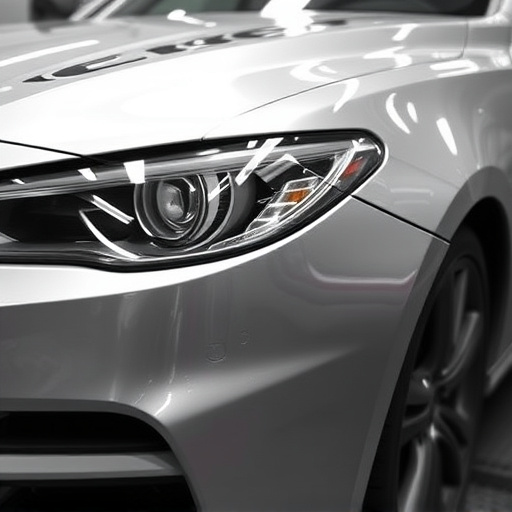
Mercedes Headlamp Assist Calibration is a sophisticated system designed to optimize headlight performance and enhance road safety. This process ensures precise communication between various electronic control units (ECUs) in a Mercedes vehicle, resulting in seamless coordination of the headlights, including their intensity, direction, and range. It’s not just about fine-tuning; it’s a critical component of modern automotive safety systems.
When you take your Mercedes to a reputable car repair service or car body shop for calibration, they employ specialized tools to adjust the system, ensuring that every headlight functions at its optimal level. This meticulous process involves calibrating various sensors and modules responsible for tracking vehicle speed, steering angle, and other dynamic parameters. Proper calibration translates to better visibility, improved cornering lights, and enhanced overall driving experience, ultimately contributing to safer nights on the road.
The Role of ECU Communication in Lighting Systems
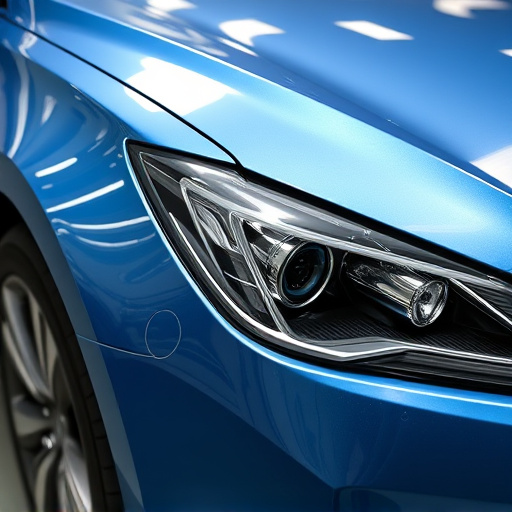
In modern automotive systems, especially in models like Mercedes vehicles equipped with advanced lighting technologies, the role of ECU (Electronic Control Unit) communication cannot be overstated. The Mercedes headlamp assist calibration is a prime example of how seamless ECU interaction ensures optimal performance and safety. This intricate process involves fine-tuning various parameters to enable the ECU to communicate effectively with the headlamps, resulting in precise control over lighting intensity, distribution, and dynamic functions like auto-leveling and adaptive high beams.
Efficient ECU communication facilitates the integration of numerous sensors and actuators within the lighting system. This includes sensors that detect ambient light conditions, vehicle speed, steering angle, and more. By seamlessly sharing data across these components, the ECU ensures that the headlamps respond dynamically to driving conditions. Furthermore, it plays a crucial role in enhancing safety by enabling features like tire services, auto glass replacement, and other advanced driver assistance systems (ADAS), ensuring that drivers have clear visibility under all circumstances, thereby promoting safer auto body repairs and improved overall vehicle performance.
Benefits and Best Practices for Calibration
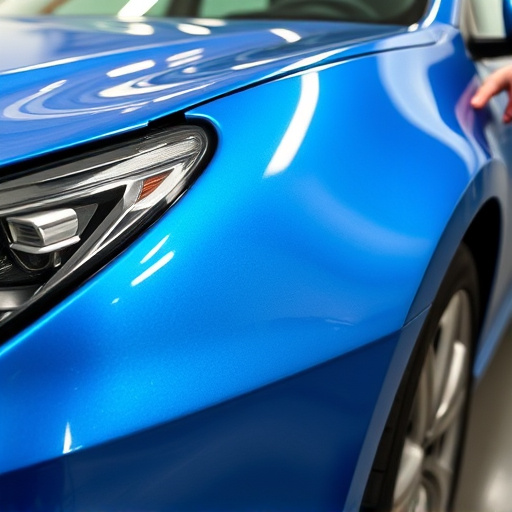
Mercedes headlamp assist calibration offers numerous benefits for both vehicle performance and driver safety. By ensuring seamless communication between the car’s electronic control unit (ECU) and its headlamps, this process optimizes light distribution, enhancing visibility during nighttime driving or in low-light conditions. This is particularly crucial for preventing accidents, especially in complex traffic scenarios.
Best practices for calibration include regular maintenance checks to account for wear and tear over time. Any damage to the headlamp assembly, such as that caused by a fender bender or needing car paint services during mercedes benz collision repair, may disrupt light patterns. Therefore, periodic recalibration is essential to maintain optimal performance. Additionally, using high-quality replacement parts ensures accurate calibration results. This process involves advanced technology and precise adjustments, so seeking professional assistance from qualified mechanics specializing in Mercedes vehicles is recommended to avoid complications and ensure the best possible outcome.
Mercedes headlamp assist calibration is a vital process that ensures seamless communication between the vehicle’s lighting system and its electronic control unit (ECU). By accurately calibrating these components, drivers can experience enhanced safety and performance benefits. This includes improved headlight output, optimal beam patterns, and better overall visibility while driving. Adhering to best practices for calibration, such as regular maintenance and using high-quality equipment, ensures the system remains accurate and reliable over time, ultimately contributing to a safer and more enjoyable driving experience.
